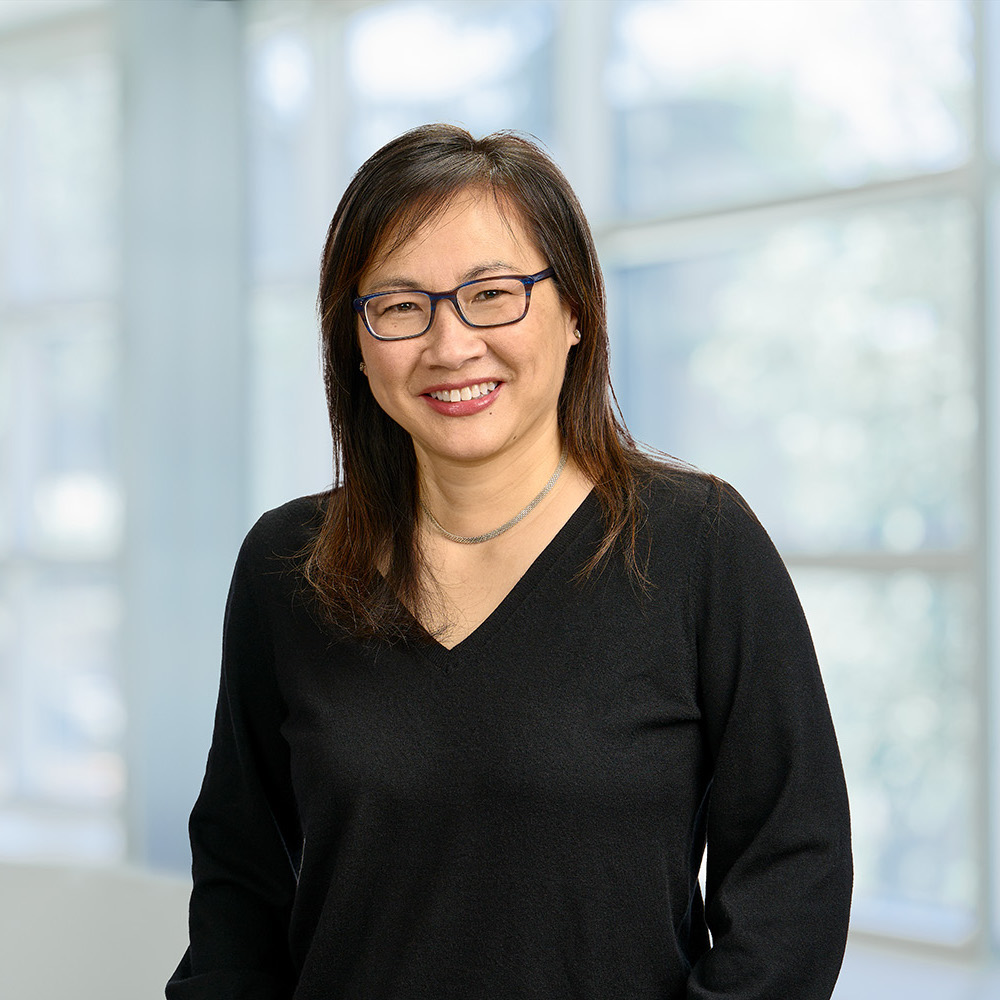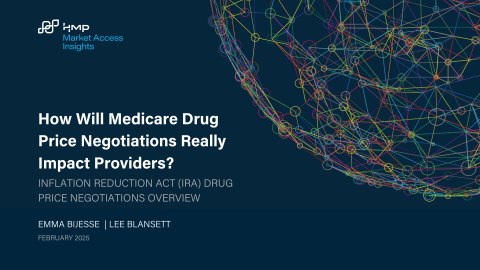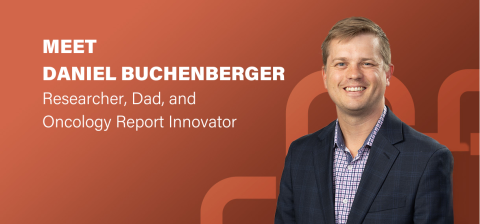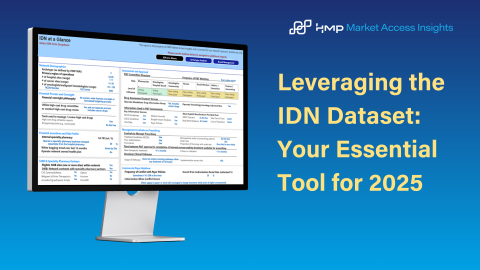

Article
Oncology Insights: Notable Quotes from Key Decision Makers
December 15, 2023Authors
Topics
Welcome to the December 2023 edition of our Monthly Insight Series. This month we are discussing standout quotes from discussions we had this year, and how they impact our key customer segments.

HMP MAI gains much insight (and sometimes humor) from conversations we have throughout the year with providers, payers, and administrators in the oncology sector. We use these perspectives to strengthen our own research and analysis and help us deliver actionable insights. Below are three standout quotes we’ve heard from conversations we’ve had this year.
“Working in IDNs is like raising children: Each one will be different.”
We heard this sentiment from an integrated delivery network (IDN) administrator whose career spanned multiple decades, IDNs, and functional and consultative roles. Within even the most well-run networks, things can be chaotic. In the beginning, while an IDN may not be understandable, each has a decision pattern that is discoverable. And once that pattern is discovered, then processes and influences can be mapped.
As we continue to study IDNs, our findings are consistent with this message. Each year, we find something new, different, and surprising:
- All the IDNs we track have at least 1 hospital campus and 1 or more off-campus locations that provide cancer care.
- Each has a reporting structure that bubbles up to the top and tentacle-like linkages between layers, sites, departments, committees, and groups.
- Some are small in scale and regionally focused, while others span across multiple states.
- 2023 saw not only more consolidations, but also a wave of cross-market mergers between IDNs with no overlap in geography/patients and sometimes a lack of apparent agreement in management philosophies.
“2B or not 2B—that is the real question.”
We heard this humorous quote from a medical director at a regional Blues plan who was referring to how an organization will handle coverage decisions for drugs with an NCCN Category 2B designation.
- We often find that an organization will have an overall approach to 2B drugs but will make some exceptions.
- There is ambiguity when organizations say they “follow NCCN” or they “cover [a drug] if it is ‘on NCCN’”. For example, “on NCCN” might mean that they include 2B drugs or only 1-2A.
- There may be a shift to narrowing choice at the policy level: While a majority of payer respondents in 2023 said their policies are identical or nearly identical to NCCN, ~40% said their policies are more restrictive than NCCN.
“It’s no more that we both landed at the hospital at the same time, and we became besties. So, I’m going to scratch his back. He’s going to scratch mine.”
This final quote came as a reflection from a practice manager at a small, independent community oncology practice regarding the practice’s referral stream. The quid pro quo she’s referencing is what we typically hear from doctors: over their career, they work to build a professional network of trusted physicians to whom they refer their patients and from whom they receive referrals. But now, referral channels are becoming increasingly restricted by a patient’s payer network:
- A patient’s insurance provider and that payer’s network status reign as most important in the ultimate referral decision.
- This can be challenging to practices, typically smaller ones, whose ability to secure reliable referral channels are limited to their unique patient and payer mix.
- Restricted referral channels, coupled with an increase in provider consolidation into IDNs and oncology network aggregators (eg, The US Oncology Network, American Oncology Network, OneOncology) makes gaining new referrals even more difficult for independent practices.
The Latest
Article
Thought Leadership Whitepaper: How Will Medicare Drug Price Negotiations Really Impact Providers?
As manufacturers prepare for Medicare drug price negotiations, a critical question emerges: How will your provider engagement strategy evolve when Maximum Fair Prices (MFP) take effect in 2026?
Emma BijesseArticle
Meet Dan: Researcher, Dad, and Oncology Report Innovator
At HMP Market Access Insights, we’re lucky to have a team of experts dedicated to uncovering meaningful insights in the oncology space. One of those experts is Dan, whose work is shaping how we approach community oncology research.
Daniel BuchenbergerArticle
Leveraging the IDN Dataset: Your Essential Tool for 2025
As IDNs face increasing complexity in oncology management, having a strategic approach backed by actionable insights is critical. Our dataset doesn’t just offer data—it equips your teams with the tools to anticipate challenges and seize opportunities.
Emma Bijesse







